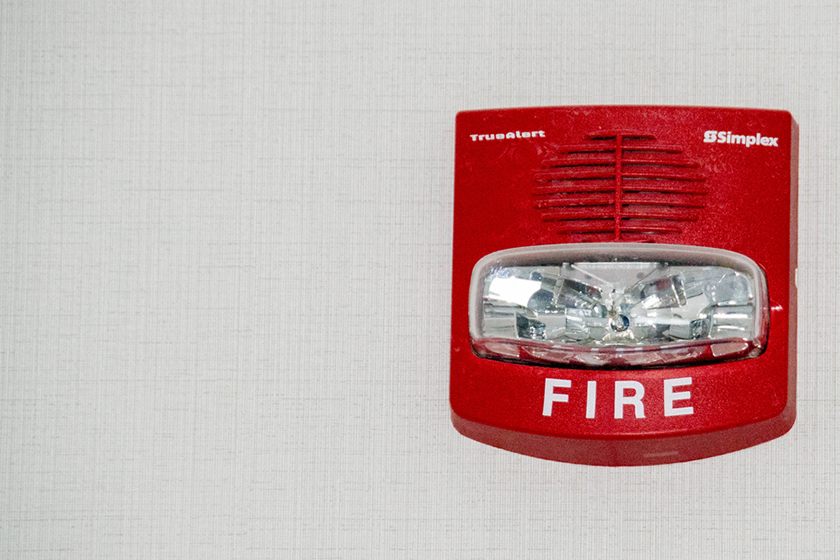What Does RACE Mean In Fire Safety?

Understanding fire safety RACE acronym is crucial for preparing and executing an effective response during a fire emergency. This straightforward mnemonic helps simplify the critical steps one should take when a fire occurs, ensuring quick thinking and systematic actions that can save lives and minimize damage. At Fire Safety Alarms, we prioritize educating our clients on such protocols as part of our commitment to enhancing safety through knowledge and fire alarm systems.
Introduction to the RACE Acronym
RACE stands for Rescue, Alarm, Confine, and Extinguish/ Evacuate. It is a strategy taught widely across various industries and used extensively by safety professionals, including our team at Fire Safety Alarms. This approach not only helps in responding effectively to fire incidents but also integrates smoothly with our comprehensive fire safety solutions.
- “R” for Rescue
The first and most urgent step in the RACE acronym is Rescue. This involves ensuring that all individuals at risk from the fire are moved to safety, prioritizing those who are in immediate danger. In environments like healthcare facilities, this might mean assisting those who are unable to evacuate on their own. The goal is to quickly and safely rescue individuals from harm’s way before addressing the fire itself.
- “A” for Alarm
Once immediate rescues are underway, the next step is to Alarm. This involves activating the fire alarm to alert all building occupants of the danger and initiate an organized evacuation. Alerting others as soon as a fire is detected is vital to prevent injuries and fatalities. Fire Safety Alarms ensures that fire alarm services are robust and reliable, providing quick detection and alert systems that help save lives.
- “C” for Confine
The third step is Confine—limiting the spread of fire as much as possible by closing doors, windows, and other openings. This containment is crucial as it helps to slow down the fire’s growth, reducing the amount of smoke and flames that can spread to other areas. It is a vital action that helps buy time for occupants to evacuate safely and for emergency responders to arrive and take control.
- “E” for Extinguish or Evacuate
Finally, Extinguish or Evacuate completes the RACE acronym. If the fire is small and manageable, using a fire extinguisher to put it out might be appropriate. However, if the situation is beyond what can be safely handled without professional firefighting equipment or training, the focus should shift entirely to evacuation. Fire Safety Alarms promotes the use of professional judgment and training in deciding whether to attempt to extinguish a fire or evacuate, prioritizing life safety above all.
Implementing RACE in Your Organization
Implementing the RACE strategy requires thorough training and regular drills. Every member of your organization should understand their role within this framework and be prepared to act decisively during a fire emergency. We support organizations in setting up training sessions and simulations that mimic real-life scenarios, helping to engrain these crucial steps in the minds of all employees.
Training and Awareness
Adequate training on the RACE acronym and general fire safety should be a fundamental part of any organization’s safety protocol. Employees should be familiar with the locations of exits, fire extinguishers, and fire alarm activation points. Regular drills should be conducted to ensure everyone knows what to do without hesitation.
Collaboration with Emergency Services
Coordination with local emergency management and services is also crucial. These professionals can provide additional training and insights and should be part of the planning and reviewing process of your fire safety protocols. Their expertise can be invaluable in optimizing your strategies for safety and compliance.
At Fire Safety Alarms, we understand the importance of a well-structured response plan in the event of a fire. The RACE acronym is a fundamental part of our approach to fire safety, providing a clear and effective strategy for dealing with fire emergencies. By familiarizing yourself with these steps, you ensure that your response to a fire will be swift, organized, and effective, ultimately protecting lives and property.
